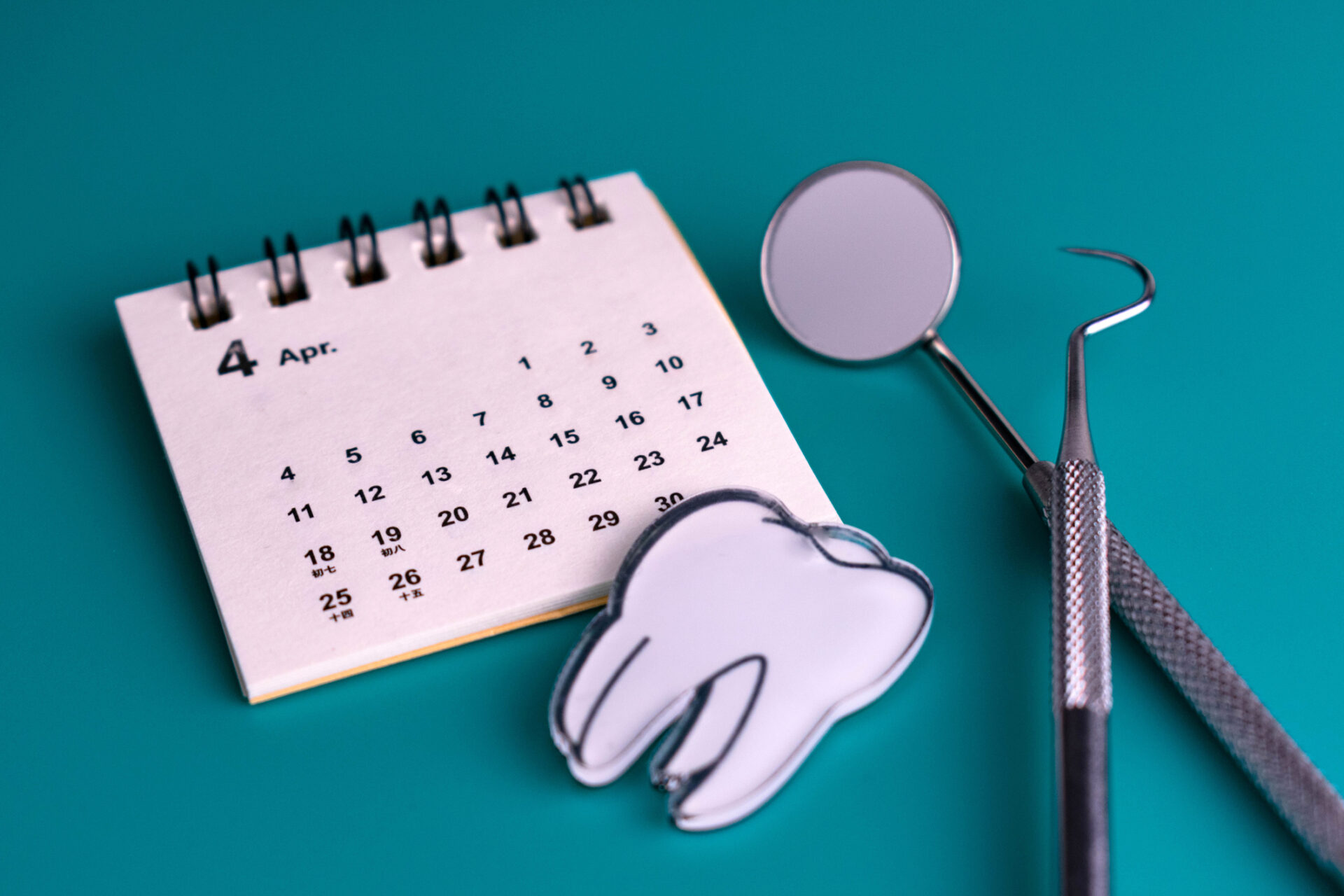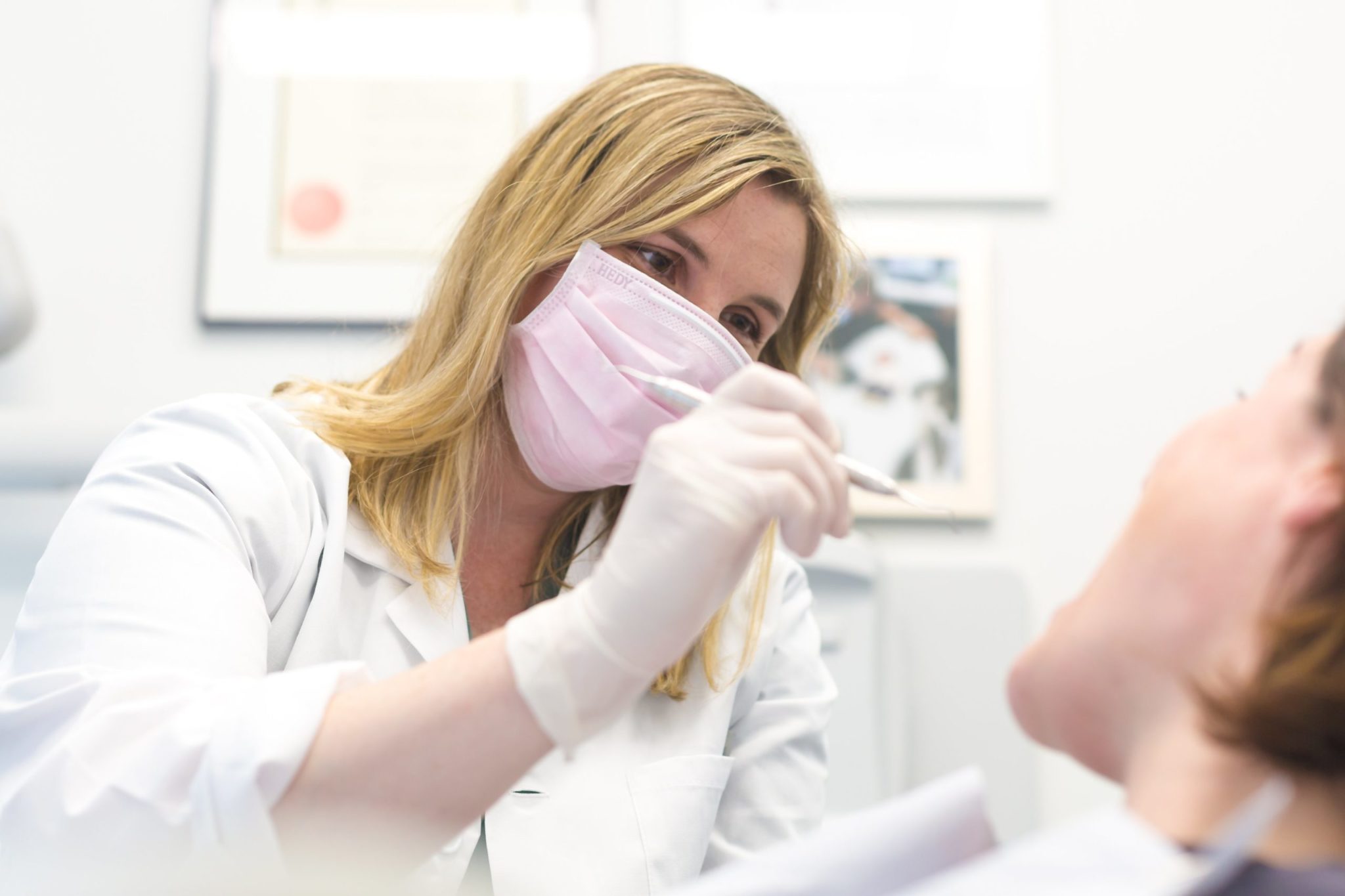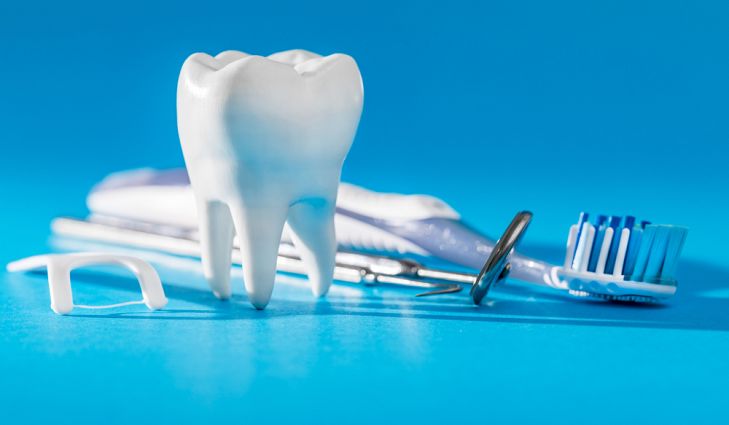Updated on Dec. 30, 2021 by Riley Nisbet
Dentistry is the field of study associated with the diagnosis, treatment, and prevention of diseases within the mouth and maxillofacial area. Those who practice dentistry are called dentists. These individuals may be assisted by dental hygienists and technicians.
Within the specialty of dentistry, there are ten subspecialties, which include dental anesthesiology, dental public health, endodontics, oral and maxillofacial pathology, oral and maxillofacial radiology, oral and maxillofacial surgery, orthodontics and dentofacial orthopedics, pediatric dentistry, periodontics, and prosthodontics.
U.S. Dentistry Training
Becoming a dentist in one country and hoping to practice in another can be difficult as many degrees and licenses are not accepted across borders. To become a dentist in the U.S., an individual must:
-
-
- Complete undergraduate education (usually in biology or chemistry)
- Pass the Dental Admission Test
- Complete dentistry school
- Take a state licensing exam
- (optional) Further specialize
-
Upon graduation and licensure, individuals will hold either a DDS or DMD. In many cases, those who have degrees in dentistry from counties outside of the U.S. will possess a different degree.
Those looking to study a subspecialty of dentistry could tack on an additional 2-4 years of education and or residency. They also require an additional license on top of a general dentistry license.
Practicing Dentistry in the U.S with a Foreign Degree
This is where things get tricky. Because Dentistry degrees are not comparable across most countries, foreign-trained dentists hoping to practice in the U.S generally must enroll in some type of schooling. However, this is not always the case. Here is a list of the ways that foreign medical students can practice in the U.S., how far their practices can extend, and the type of additional education they may need.
-
-
- Practice in Minnesota
-
Minnesota is the only state in which foreign-trained dentists may not need any additional training to practice dentistry fully. An individual must submit their credentials to be reviewed by a board and, if accepted, the individual may apply for the state’s dentistry license. More information on this process can be found on the Minnesota Board of Dentistry Website.
-
-
- Work as a faculty member in a dentistry school
-
Foreign-trained physicians can obtain a limited practicing license if filling in as an intern for another dentist or serving as a full-time faculty member at a university. These licenses are only good for one year, after which an individual must reapply.
-
-
- Complete a fast track CODA-accredited degree program
-
Most states require a practitioner to attend a CODA-accredited dentistry program to apply for state licensure. Fast-track programs are available for foreign-trained dentists. These generally last 2-3 years, allowing these individuals to skip past the first two years of dentistry school. Although this may be more expensive than other options, it would allow an individual to apply for a dentistry license anywhere. It is also the most direct route to fully practicing dentistry within the U.S.
Benefits of Dentistry Clinical Experiences
Clinical experiences in dentistry can benefit foreign-trained dentistry students and graduates in many ways. First, they can provide the individual the opportunity to see how dentistry works in the U.S. This can help the individual to then decide if they want to take one of the steps above to become a physician in the U.S.
These short-term learning experiences allow students to be exposed to diverse dental technology and methodologies. A clinical experience in dentistry may also enable students to practice, or build on, patient and professional communication skills.
Current Status of Dentists in the U.S.
As of 2020, there are 201,117 dentists practicing in the United States, a rate of just over 61 dentists per 100,000 residents. With the number of newly licensed dentists substantially outpacing the quantity retiring, this number is expected to grow in the coming years. However, the ratio–and therefore accessibility–of dentists per capita varies significantly from state to state and between urban and rural areas.
In 2020, the average salary for U.S. dentists was $158,940, although this number also varies geographically. In Alaska, Vermont, and Rhode Island, dentists earn an average salary of over $240,000. In Wyoming, Utah, and Kentucky, the average dentist’s annual salary falls below $150,000.
For more on the geographic and specialty breakdowns of dentists’ salaries, click here.







Hi,
I’m in my final year of completing dentistry and planning for oral and maxillofacial surgery . I’ll appreciate if I’m informed about the process.
Thankyou.